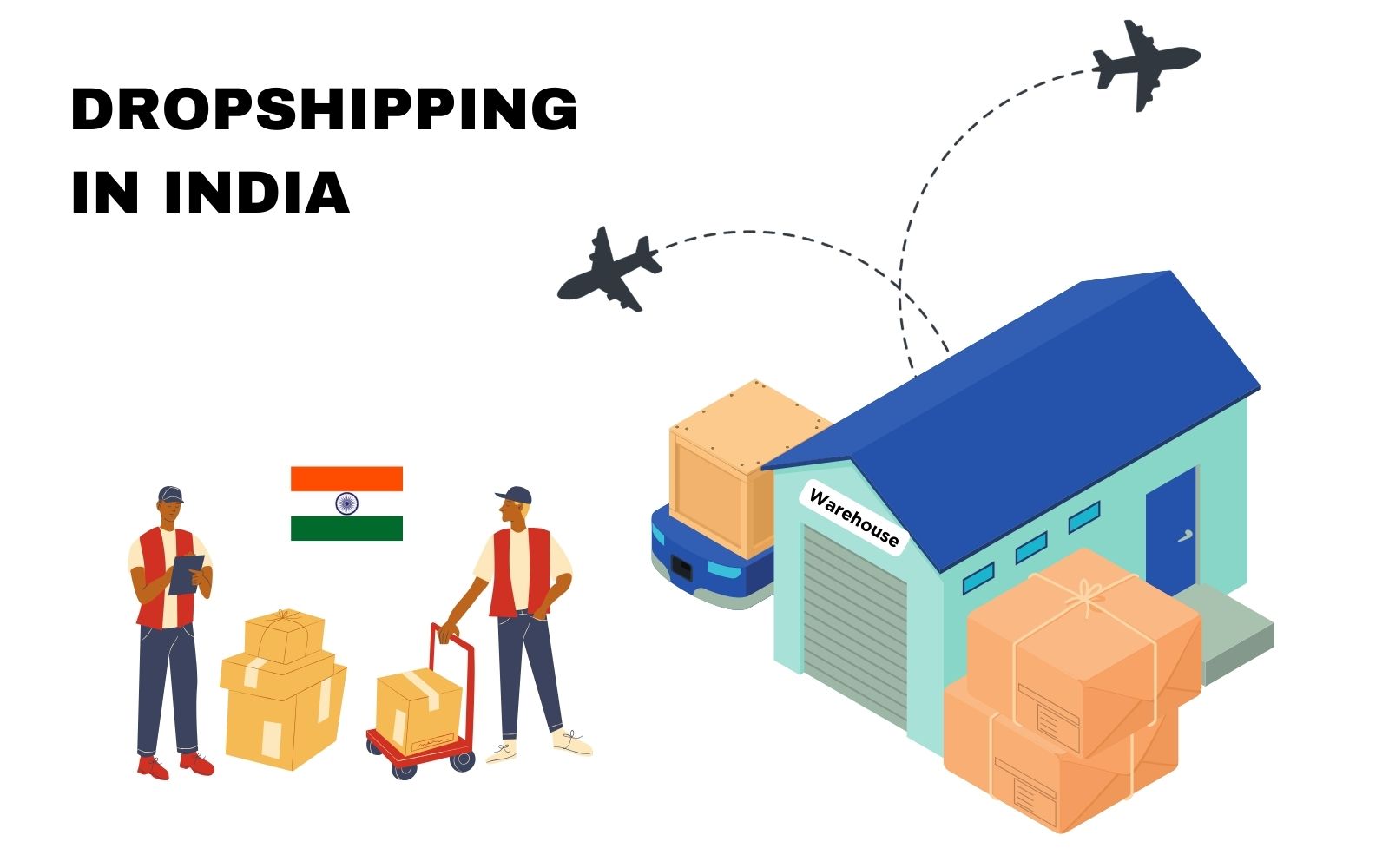Is HiLaptop Genuine? : Is Hilaptop real or fake
When it comes to online shopping, especially for tech products like laptops and accessories, choosing a reliable platform is essential. One name that often comes up is HiLaptop, but buyers frequently ask: Is HiLaptop genuine? or Is HiLaptop real or fake?
These questions are natural, as the digital marketplace is filled with options, making it vital to verify the credibility of any platform. HiLaptop has gained a reputation for offering high-quality products, secure payment methods, and excellent customer service. However, to answer these questions thoroughly, let’s dive into a detailed analysis of what makes HiLaptop a trustworthy platform and why it stands out as a real and reliable choice for your tech needs.
What Makes HiLaptop Genuine?
1. Authentic Products
HiLaptop sources its products directly from authorized distributors and manufacturers. Every product is 100% original, ensuring customers receive only genuine laptops, desktops, and accessories. The platform also provides warranties on most items, giving buyers peace of mind.
2. Secure Shopping Experience
HiLaptop prioritizes customer safety. The website uses SSL encryption to protect user data and offers secure payment methods like UPI, credit/debit cards, and trusted wallets. With a seamless checkout process, customers can shop confidently.
3. Positive Customer Feedback
Many satisfied customers have praised HiLaptop for its genuine products, fast delivery, and exceptional customer service. Reviews highlight the platform’s commitment to delivering what it promises.
4. Transparent Policies
HiLaptop stands out with its clear return, refund, and exchange policies. If a customer faces any issue, the dedicated support team ensures prompt resolution, enhancing the overall shopping experience.
5. Competitive Pricing
HiLaptop offers unbeatable prices on the latest laptops and accessories. Their cost-effective deals make premium products accessible without compromising on quality.
Why You Should Trust HiLaptop
- Reputable Track Record: Over time, HiLaptop has built a reputation for being dependable and customer-centric.
- Dedicated Support: The responsive customer service team is always ready to assist, ensuring every query is addressed quickly.
- Detailed Product Descriptions: Every product listed on HiLaptop comes with comprehensive details, helping customers make informed decisions.
Real Customer Stories
Here’s what some happy customers had to say:
- “I ordered a laptop from HiLaptop, and it arrived on time in perfect condition. The pricing was amazing, and the service exceeded my expectations!”
- “HiLaptop is my go-to platform for tech products. They’re reliable, and I’ve never faced any issues with their products or services.”
Final Verdict
HiLaptop is 100% genuine and trustworthy. From authentic products to excellent customer service, the platform checks all the boxes for a reliable online shopping experience. Whether you’re a student, professional, or tech enthusiast, HiLaptop is the ideal choice for all your tech needs.
Alternate site hilaptop
So, if you’re considering making your next tech purchase, trust HiLaptop to deliver quality and satisfaction!





